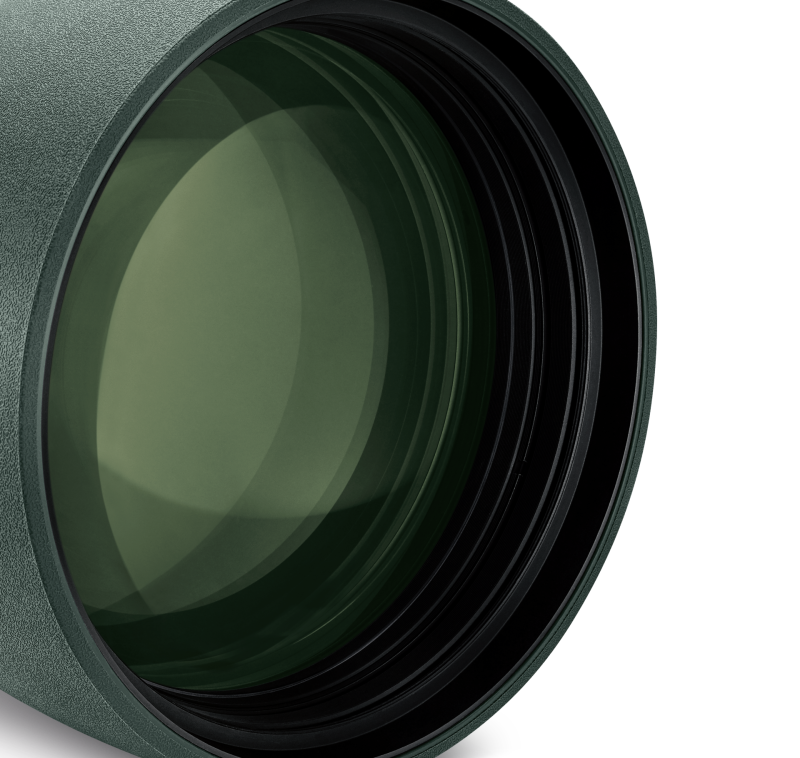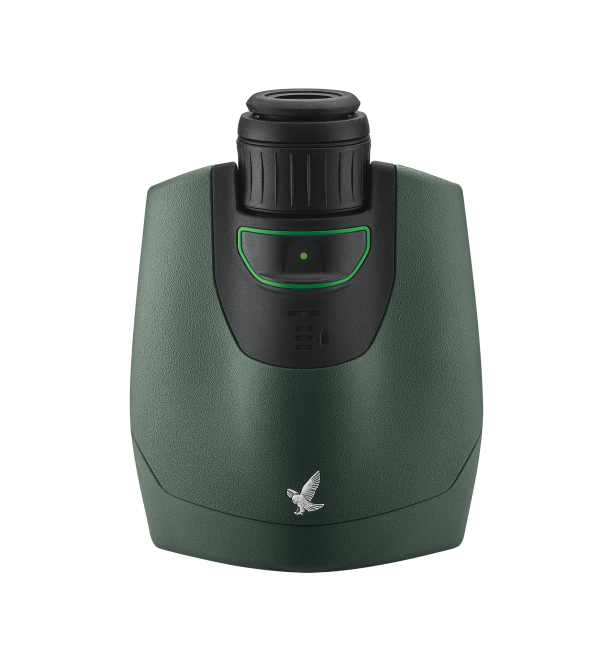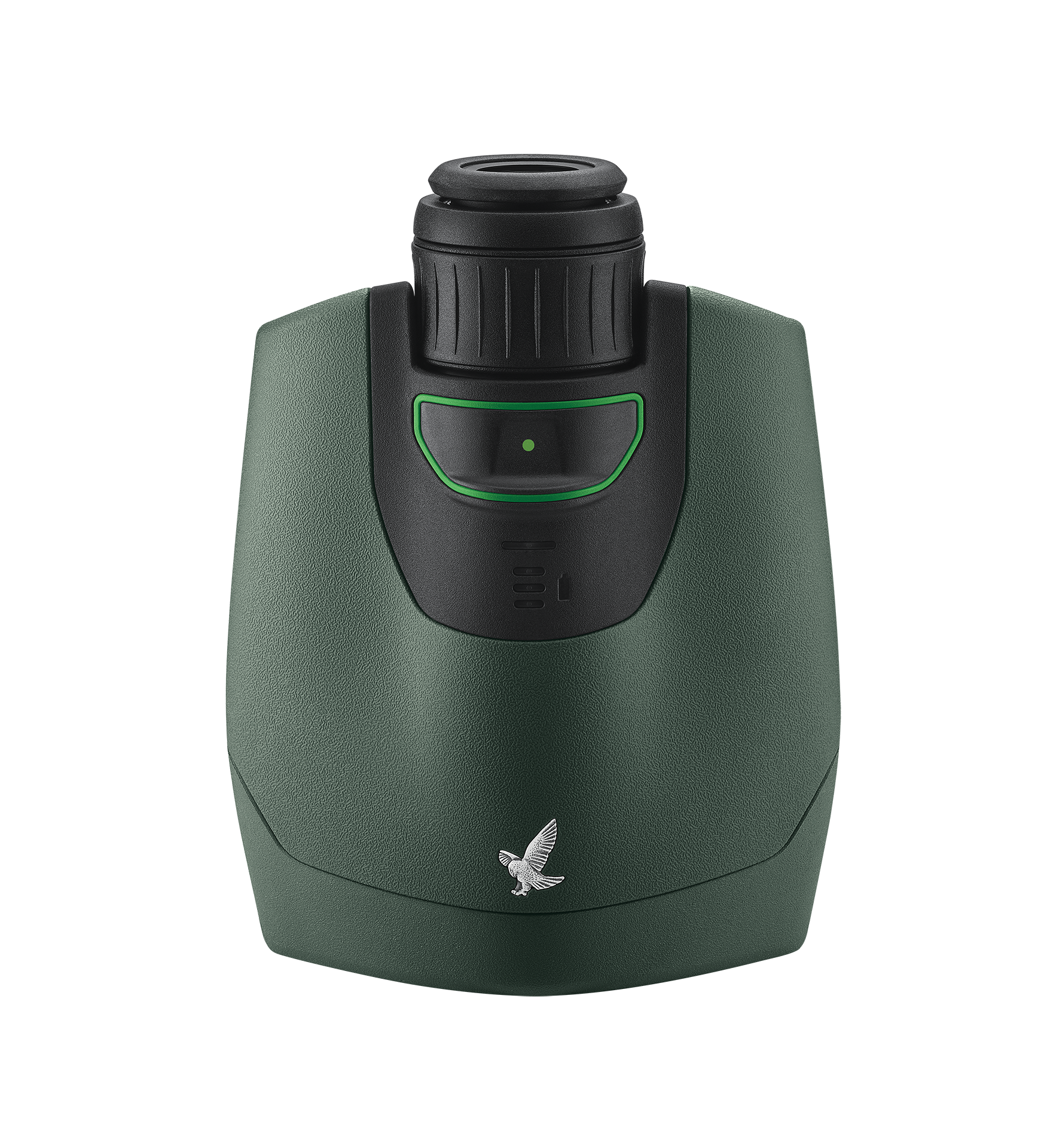

Menu
Products
Service


Product & Technical Services, Tips & Care, Tutorials, Downloads, Declarations of conformity

The full potential of the dG is unlocked when you link it to your smartphone. You need the SWAROVSKI OPTIK dG app to connect your dG to mobile devices. It also allows you to connect to apps like Merlin Bird ID and Wildlife ID app, which help you to identify and share your sightings. This app is available for all current smartphones from the App Store and Google Play.


The full potential of the dG is unlocked when you link it to your smartphone. You need the SWAROVSKI OPTIK dG app to connect your dG to mobile devices. It also allows you to connect to apps like Merlin Bird ID and Wildlife ID app, which help you to identify and share your sightings. This app is available for all current smartphones from the App Store and Google Play.
 dG 8x25
dG 8x25dG monocular technology is not quite there yet. It is neither a great camera nor binocular. Clicking pictures needs to be much easier. Concept and innovation is good, just feel like I have a bit of a ludite first generation product. Weight and size is its main advantage at this point versus a camera.
iPhone software update has made the connection between the dG app any my Swarovski Optik dG difficult. Customer service was average.
Optics - as always - top. Quality of photos + videos not high (and that was my main reason for buying). Hardly better (even at a distance) than my iPhone 12pro
The product (Swarowski Optik) would not connect with the Merlin App and while the customer service were efficient and helpful unfortunately there was very little by way of technical assistance
 Customer ServiceMO - TH 8:00 - 17:00 AND FR 8:00 - 12:0000800 3242 5056customerservice@swarovskioptik.com
Customer ServiceMO - TH 8:00 - 17:00 AND FR 8:00 - 12:0000800 3242 5056customerservice@swarovskioptik.com